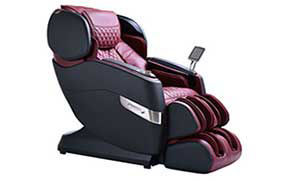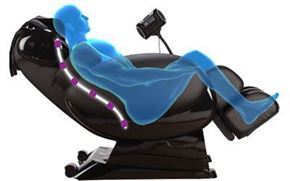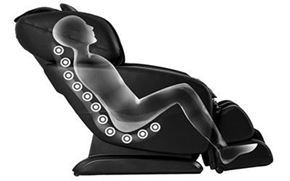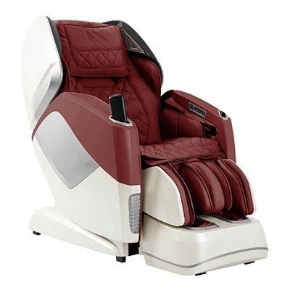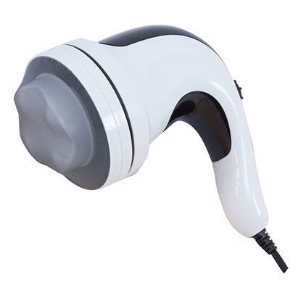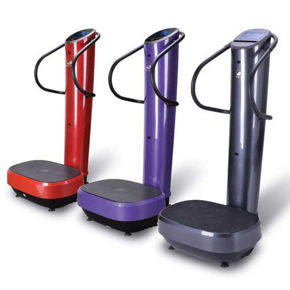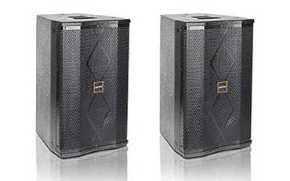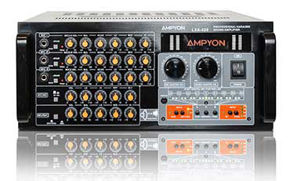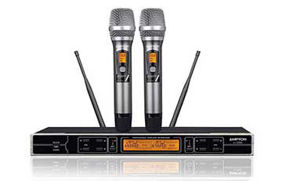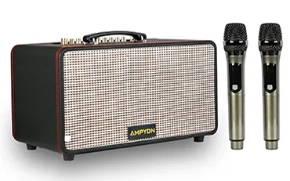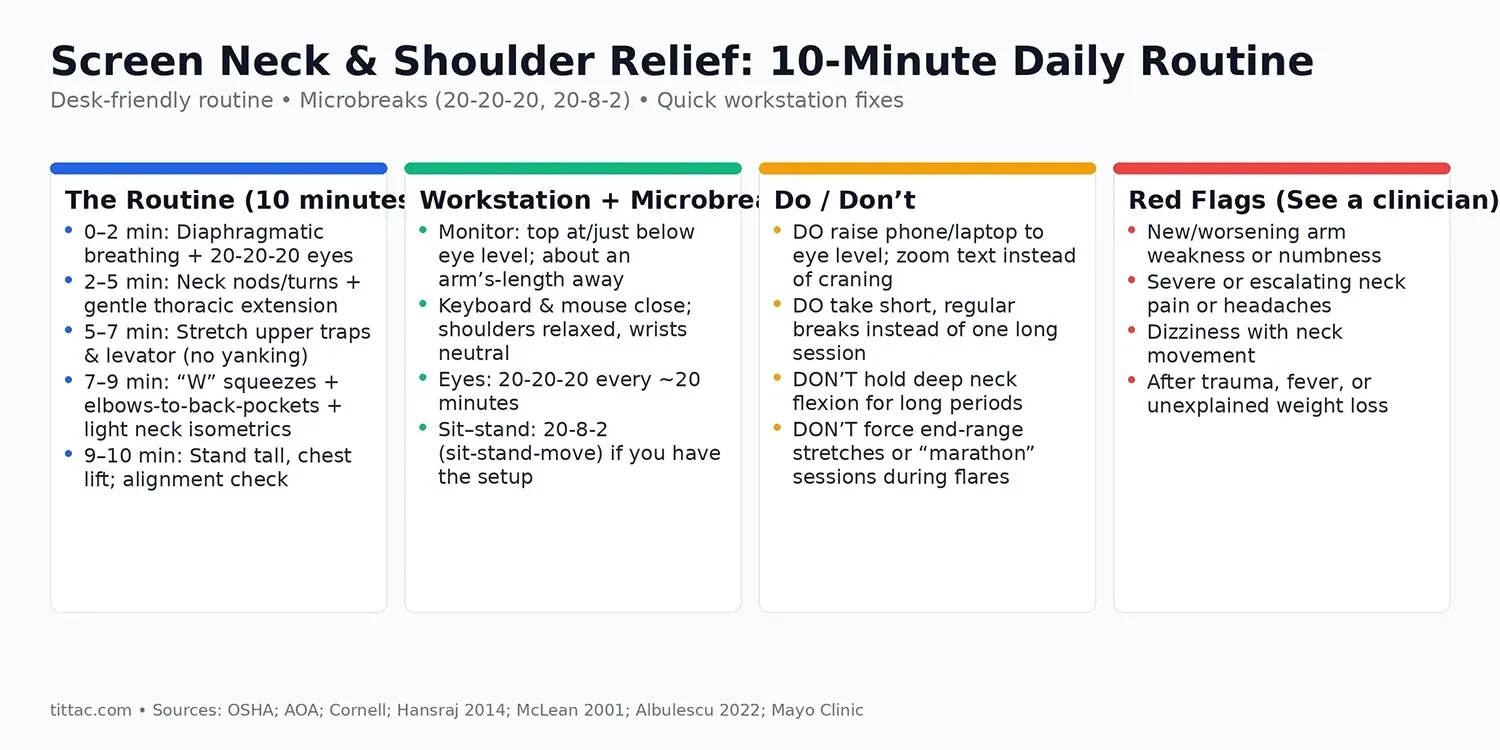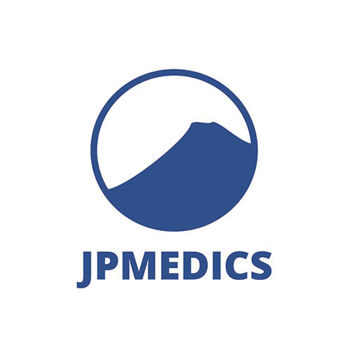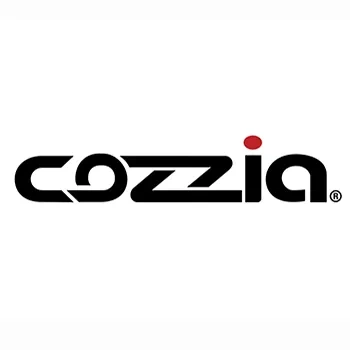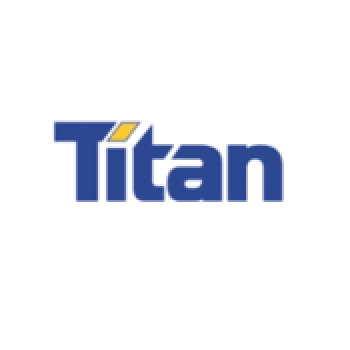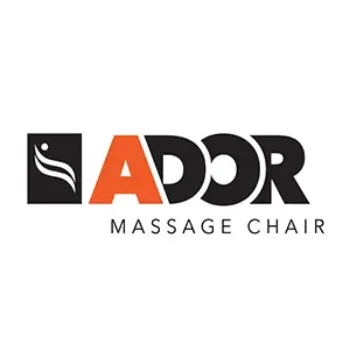Estimated reading time: 12–15 minutes • Includes a desk‑friendly 10‑minute routine you can repeat daily
Table of Contents
TL;DR
- Forward head posture multiplies neck load. At ~60° flexion, the cervical spine may experience forces around 60 lb—so keep angles moderate and bring screens to you (not your head down to them) [1]. Basic monitor setup (top of screen at or slightly below eye level) helps [2].
- Short, regular breaks beat marathon sessions. Microbreaks around every 20 minutes reduce discomfort without hurting productivity [3][4].
- Use two simple cycles: 20‑20‑20 for eyes (every 20 minutes, look 20 feet away for 20 seconds) [5] and—if you have a sit–stand desk—20‑8‑2 (20 minutes sitting, 8 standing, 2 moving) [6].
- Monitor placement matters: top at or slightly below eye level and about an arm’s length away [7].
- The routine below: posture + eye reset → cervical/thoracic mobility → two targeted stretches → scapular & neck activation → stand and “lock in.”
Why screens tighten your neck & shoulders
1) Forward head load. The head is heavy relative to the neck. As it tilts forward, the moment arm increases and the effective load on the cervical spine climbs. An analysis often cited in “tech‑neck” discussions estimates roughly 60 lb at ~60° of flexion—explaining why deep, sustained scroll‑postures fatigue you quickly [1]. The goal isn’t rigid “perfect posture,” but avoiding large angles for long periods.
2) Too static, not enough variety. The main problem isn’t one “bad” posture—it’s staying in any posture too long. Experimental and meta‑analytic research shows that brief, regular microbreaks cut discomfort without hurting output [3][4].
3) Shoulder blade mechanics drift. Hours of mousing/typing nudge your shoulder blades forward and up. The neck overworks while the mid‑ and lower‑scapular stabilizers underwork. Contemporary clinical guidelines for neck pain emphasize restoring cervical range of motion and building endurance in scapular and cervical muscles—exactly what the routine targets [8].
4) Eye strain encourages head‑forward posture. When your eyes tire, your head creeps toward the screen. The 20‑20‑20 rule interrupts that cycle [5].
Quick workstation fixes that pay off fast
- Screen at eye level, arm’s‑length distance. Aim for the top of the screen at or slightly below eye level; center of the display roughly 15–20° below eye level; sit about an arm’s length (≈ 20–40 in) away [2][7].
- Keep the keyboard and mouse close. Relax the shoulders (≈ 90° elbows; wrists neutral); rest your back when you can. Small reach distances curb shrugging and upper‑trap guarding—principles echoed across authoritative ergonomics guidance [9].
- If you have a sit–stand desk, follow 20‑8‑2. Sit well for 20 minutes, stand for 8, and move for 2 (walk, refill water, gentle stretches). This rhythm distributes load and keeps you out of the “one posture too long” trap [6].
Laptop fix in 30 seconds: raise the laptop (stand or books) to bring the screen up toward eye level, then plug in a separate keyboard and mouse so the arms can relax. This single change often halves end‑of‑day neck strain [2].
The 10‑minute routine (desk‑friendly, no equipment)
Rules of thumb: move gently and deliberately; aim for a comfortable stretch, not pain; stop if you feel dizziness, tingling, or sharp pain. If you have neurological symptoms (weakness, numbness), a recent accident, or persistent headaches, talk with a clinician before starting.
0:00–2:00 — Posture & eye “reset”
- Diaphragmatic breathing (60s): sit toward the front of your chair, feet grounded, one hand on your belly. Inhale through your nose for 4 seconds (belly expands), exhale through pursed lips for 6 seconds (belly softens). Feel your neck lengthen and shoulders drop.
- 20‑20‑20 for eyes (60s): every 20 minutes, look at something ~20 feet away for 20 seconds. Blink softly and unclench your jaw while you do it [5].
2:00–5:00 — Mobilize the neck & upper back
- Nods (30s): small “yes” motion; think of lengthening the back of your neck rather than cranking your chin up.
- Side‑bends (30s): tip your ear toward your shoulder without letting the shoulder hike; pause where you feel a gentle stretch.
- Rotations (60s): eyes lead, neck follows; 5–8 slow turns each way.
- Thoracic extension (60s): hands interlaced behind your head; as you inhale, draw shoulder blades back and down to open the chest; exhale and soften. 6–8 reps.
Why this helps: sharing movement across the neck and upper back reduces the burden on any single segment; clinical guidelines support mobility plus endurance work for the scapular and cervical muscles [8].
5:00–7:00 — Targeted stretches (upper traps & levator)
- Upper trapezius stretch (60s): hold the chair with your right hand, let the right shoulder stay heavy; tilt your head to the left. Rest your left hand lightly on your temple to guide (don’t yank). Switch sides.
- Levator scapulae stretch (60s): turn your head ~45° left, then nod as if looking into the left jacket pocket; place the left hand gently on the back of your head to guide. Switch sides.
Intensity target: a comfortable 6–7/10 stretch sensation that eases within seconds; no bouncing or end‑range forcing.
7:00–9:00 — Activate shoulder blades & neck (light, precise)
- “W” squeezes (45s): elbows bent ~90°, forearms at your sides; pull shoulder blades back and slightly down as if tucking them into back pockets; hold 3s, release 3s; 6–8 reps.
- Elbows‑to‑back‑pockets (45s): from a relaxed stance, imagine dropping your elbows into your back pockets; feel mid‑ and lower‑scapular muscles work; 8–10 reps.
- Neck isometrics (30s): hand to forehead—press gently without moving (5s on, 5s off × 3); repeat with hand behind head (extension) and on each side (side‑bend). The goal is a light 360° activation, not a max effort.
These drills “wake up” the muscles that hold your shoulder blades stable and distribute loads away from the neck—an emphasis echoed in clinical practice guidelines [8].
9:00–10:00 — Stand up & lock it in
- Stand & chest lift (30s): hands on hips; gently lean the torso back from your upper back (not your low back), eyes on the horizon; take 2–3 slow breaths.
- Alignment check (30s): ears over shoulders, shoulders away from ears, soft chin tuck, shoulder blades slightly back and down. Adjust your monitor so the top is near eye level and the screen sits about an arm’s length away [7].
Microbreak schedule: build it into your hour
Here’s a simple way to structure each hour without losing momentum:
- Minute 0: run the 2‑minute reset (breathing + 20‑20‑20 + quick posture check).
- Minute 20: 30 seconds of stand‑and‑stretch + 20‑20‑20 for eyes [5].
- Minute 40: 60 seconds of neck rotations/side‑bends + “W” squeezes.
- At the hour: take 1–2 minutes to walk, refill water, or do a quick errand. If you have a sit–stand desk, follow 20‑8‑2 across the hour [6].
The evidence picture: in office and lab settings, microbreaks at roughly 20‑minute intervals reduce discomfort and do not harm productivity [3], and broader meta‑analytic work shows benefits for fatigue and vigor with minimal risk to performance [4].
When it’s a phone or laptop‑heavy day
- Phone: raise the device toward eye level (rest elbows against your torso), switch hands often, and use speech‑to‑text or audio where possible. The big win is avoiding prolonged deep flexion angles [1].
- Pure laptop: always elevate the screen and use an external keyboard/mouse. If you can’t, sit a bit taller and push the laptop slightly farther away so your head stays nearer to neutral, then zoom text instead of craning forward [2][7].
Progressions & variations (still ~10 minutes)
With a light resistance band (for home or a quiet corner)
- Breathing + eyes (2 min) as above.
- Cervical + thoracic mobility (2 min) as above.
- Band pull‑aparts (2 min): arms at chest height; pull until you feel shoulder blades squeeze back/down; 12–15 reps, 2s out/2s back.
- Face pulls (2 min): anchor the band around eye level; pull toward your nose with elbows high; feel the back‑of‑shoulder and mid‑scapular engagement; 10–12 reps.
- Neck isometrics + stand & lock (2 min) to finish.
At home (wall + floor)
- Wall angels (2 min): back against the wall; move from a “W” to a “Y” shape slowly while keeping ribs down and shoulder blades gliding.
- Thoracic roller (2 min): if you own a foam roller, lie with it along your spine and sweep your arms out like “snow angels,” breathing deeply.
- Wall chin tucks (2 min): the back of your head on the wall; gently glide the chin straight back (no tilt) for 2–3 seconds; 10–12 reps.
- Upper‑trap & levator stretches (2 min) as in the desk routine.
- Stand & lock (2 min) to finish.
Troubleshooting: common questions
“My neck crackles when I turn it—should I stop?” Noises with painless, controlled movement are common and often benign. Shrink the range slightly, slow down, and keep breathing. Stop and seek advice if noise comes with pain, tingling, or dizziness.
“I can’t keep my shoulders down—they keep creeping up.” It usually means your shoulder blades aren’t helping enough. Do fewer reps of “W” squeezes but do them more often, focusing on the feel of shoulder blades sliding down and back. Also make sure the mouse and keyboard are within easy reach so you’re not shrugging to reach them [9].
“I forget to take breaks.” Use a 20‑minute timer or a microbreak app, tape “20‑20‑20” to your monitor bezel, or link breaks to natural cues (every call ends, stand; every email batch, blink and look far) [5].
“My eyes feel dry and blurry by late afternoon.” That’s typical digital eye strain: we blink less and focus at one distance for hours. Follow 20‑20‑20, blink softly during breaks, consider preservative‑free lubricating drops if advised by your optometrist, and clean your screen/adjust brightness to reduce squinting [5].
When to see a clinician
- Neck pain or headaches that are new, severe, or worsening.
- Arm symptoms like numbness, tingling, or weakness.
- Post‑accident pain, fever, unexplained weight loss, or night pain.
- Dizziness brought on by neck movements.
This routine is for general tension and stiffness and doesn’t replace individualized medical care. For ongoing neck pain, clinical guidelines commonly recommend a combination of exercise (mobility + scapular/cervical endurance) and load management—a physical therapist can personalize the program to your needs [8].
Make it stick: a simple adoption plan
- Set a 20‑minute timer (or calendar nudge). Every time it pings, do a micro‑reset: stand for 30 seconds + 20‑20‑20 for eyes [5].
- Switch positions with 20‑8‑2 if you have a sit–stand desk [6].
- Drop the 10‑minute routine into two slots: first thing in the morning and mid‑afternoon, or after a long meeting block.
- Tune your workstation once—monitor height and distance; mouse/keyboard reach—and re‑check weekly [2][7].
- Track for two weeks: rate end‑of‑day neck/shoulder tightness (0–10), note headaches, and jot whether you felt more energetic. Adjust volume and intensity based on your notes.
Optional helpers (nice to have, not required)
- Light resistance band: 2–3 minutes of pull‑aparts or face pulls sprinkled through the day.
- Lumbar pillow or a chair with firm back support: makes it easier to rest your torso so your neck and shoulders aren’t “holding you up.”
- Low‑level heat (short bouts): 10–15 minutes on tight upper‑back muscles at the end of the day can be soothing—skip if you have reduced sensation or skin sensitivity.
Bottom line
The biggest wins come from small, consistent moves: a minute to breathe and look far, a few slow neck turns, a handful of “W” squeezes, and a quick stand‑and‑stretch. Combine the 10‑minute routine with regular microbreaks and basic workstation fixes, and most people notice less neck tightness, calmer shoulders, and steadier energy by day’s end. Start with the two‑minute reset right now; the rest will follow naturally.
References & further reading
- Hansraj KK. Assessment of stresses in the cervical spine caused by posture and position of the head. (2014) ↩
- OSHA eTool — Workstation Components: Monitors (top of screen at or slightly below eye level; viewing angles) ↩
- McLean L, et al. Computer terminal work and the benefit of microbreaks. (2001) ↩
- Albulescu P, et al. “Give me a break!” A systematic review and meta‑analysis on micro‑breaks. (2022, PLOS ONE) ↩
- American Optometric Association — 20‑20‑20 rule (PDF) ↩
- Cornell University Ergonomics — Sit–Stand Working: 20‑8‑2 guidance ↩
- Mayo Clinic — Office ergonomics: Your how‑to guide (monitor distance and height) ↩
- Blanpied PR, et al. Neck Pain: Clinical Practice Guidelines (Revision 2017). (JOSPT) ↩
- OSHA eTool — Computer Workstations (keyboard/mouse reach, chair, posture checklist) ↩


